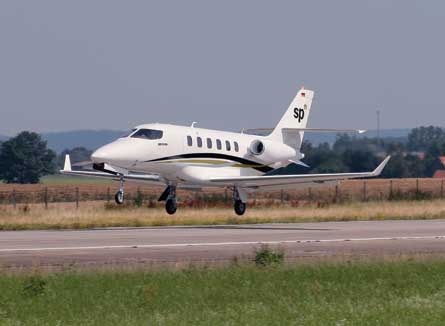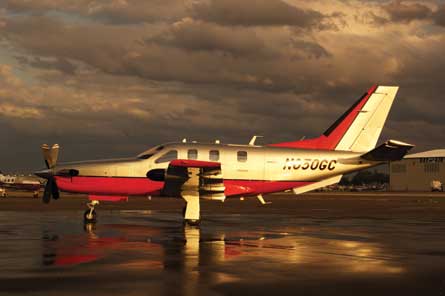Daher's decision 15 years ago to broaden its mainly logistics, services and transport portfolio with a foray into aerospace manufacturing has led to the industrial conglomerate becoming a first-tier aerostructures supplier.
The 150-year-old, family-run business - which also has interests in the nuclear and defence industries - can count original equipment manufacturers Airbus, ATR, Bombardier, Embraer, Eurocopter and Dassault among its customers, and is seeking to expand its customer base outside mainland Europe.
"We thought it would be a sensible move at the time to broaden our product offering and not be reliant on a narrow range of markets," says Daher executive vice-president of strategy and business development Didier Kayat. "We began acquiring competencies. We purchased 10 manufacturing companies in 10 years - mainly in the aerospace industry - and now have eight facilities in France, Morocco and in Mexico dedicated to building aerostructures."
The Mexican factory, in the town of Nogales on the border of the US, opened its doors two years ago and has taken on a steady stream of production work.
"The move to Mexico was strategic," says Kayat. "North America is home to the largest aerospace market, and we are keen to show the industry here what we can offer on the aerostructures and servicing side. We are just a beginner here but are starting to gain visibility and hope to secure subcontract work through leading US companies such as Spirit AeroSystems and Vought."
 |
|---|
© Grobe Aerospace |
The under-evaluation SPn could give the Socata range its first jet |
Daher is widely known in US business aviation and general aviation circles through its 2008 acquisition of French airframer Socata, builder of the TBM 850 single-engined turboprop.
"Two-thirds of our [570+] TBM customers are based in the US, where we have built a solid sales and service network to support the growing fleet," says Kayat.
The niche airframer - which is celebrating its 100th anniversary this year - is a vital component of Daher's portfolio and a springboard for its manufacturing strategy.
"By purchasing [70%] of Socata - one of the oldest and respected aircraft brands - we became an aircraft manufacturer for the first time," says Kayat. "We are now able to look at an aircraft both as a part supplier and as a builder."
Kayat admits the economic crisis has hit the TBM sales hard. The Tarbes, southwest France-based airframer saw its deliveries fall from 64 aircraft a year in 2008 to 40 last year, and only 38 of the turbine singles are earmarked for delivery in 2011.
"The downturn has impacted our TBM business but we have continued to sell aircraft throughout this period," says Kayat. He attributes the TBM's longevity and continued success to its versatility, high speed and loyal customer base. "We upgraded the aircraft in 2008 with a glass cockpit and are continuing to look at where we can make improvements."
 |
|---|
© Daher Socata |
Daher is seeking to expand Socata's products |
Last year, the airframer introduced a Garmin G1000 cockpit retrofit programme for owners of older TBM 700 series aircraft. A clutch of aircraft have been delivered to date, including the first of 26 belonging to the French air force.
Simultaneously Daher is seeking to expand Socata's product line. "If you want to be an aircraft manufacturer in 30 years we have to start thinking about adding more aircraft," says Kayat. "If a family of aircraft makes sense and there is a market for them, we will design them."
The second member of the Socata business aircraft stable could be the SPn light jet, if the aircraft satisfies Daher's requirements. Last September Socata signed an exclusive agreement with SPn owner Allied Aviation Technologies to carry out an evaluation of the seven-seat aircraft, developed by German airframer Grob Aerospace before its demise in 2008.
Under examination are the SPn's technical and operational characteristics - including high-altitude, stall, take-off, landing, and cruise speeds, as well at its market and economic appeal.
"We have undertaken studies to determine, for example, what qualities people are looking for in this type of aircraft and how big the market will be," says Kayat. If the programme is acquired, Kayat concedes the aircraft will be different from the current model. "The SPn prototype was built by hand, which is incredibly labour intensive. We will have to adapt the aircraft design to suit an industrial manufacturing process."
He adds: "The SPn is composite and given Daher's expertise in this field, we can produce a perfect plane."
Source: Flight International



















